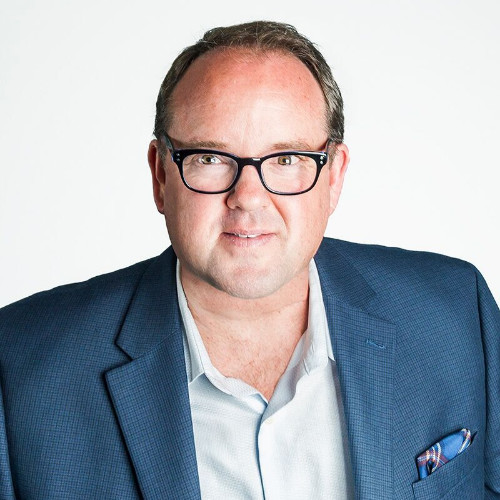Thought Leaders in Healthcare IT: IntelyCare CEO David Coppins (Part 1)

This is a very important conversation about how unemployed retail workers can find their way to retraining and re-employment in the healthcare sector with the aid of technology.
Sramana Mitra: Let’s start by introducing our audience to yourself as well as to IntelyCare.
David Coppins: I’m the Co-Founder and CEO of IntelyCare. IntelyCare is a company that has effectively disrupted and disintermediated the healthcare staffing industry, particularly as it applies to the post-acute care market. Mostly senior care.
Sramana Mitra: How do you go to market? What is the business model?
David Coppins: We’re helping our client facilities with one of their most significant challenges, which is to be fully-staffed with quality personnel.
Workforce management is our overarching goal. We use technology in a two-sided marketplace model to help achieve its first stage. We applied the common technology associated with the marketplace concept, but then we’ve injected a heavy amount of machine learning to make sure that we can achieve the highest level of fill rate in the industry.
Say our clients are short of staff. They need to have enough resources to fill their facility and to care for their various residents. Through the technology we’ve developed, we can actually fill nearly all of the requests that come our way.
The industry itself is only filling about 20% of the requests that are made. That’s the primary value point that we can bring to this industry.
Sramana Mitra: The facilities that you’re catering to are nursing homes primarily?
David Coppins: Primarily. It’s the spectrum of long-term care or senior care. Effectively, nursing homes are the largest consumers or users of clinical staff.
Sramana Mitra: Give me some metrics of how many nursing homes you have on your system and how many healthcare workers do you have on your system?
David Coppins: We have about 600 nursing homes and assisted living facilities across 12 states. We have about 12,000 nurses and nursing assistants that are all W-2 employees of our company and are fully-credentialed and vetted.
Sramana Mitra: W-2 employees of your company.
David Coppins: Correct. We’ve changed the model from the typical gig economy because we feel like if you’re treating someone as a 1099 worker, you’re effectively telling them that you expect not to have a long-term relationship with them, and that you are treating them more like just an input in a machine.
Our world is much more focused in long-term relationships with our nurses. We provide them benefits and all the various things that come along with being an actual employee.
Sramana Mitra: So they are your employees and you are placing them into the nursing homes?
David Coppins: Exactly.
Sramana Mitra: And the nursing home pays you?
David Coppins: Yes.
Sramana Mitra: Can you give me some sense of how many nursing homes are there in the US?
David Coppins: About 15,000.
Sramana Mitra: If this 15,000 had to be fully staffed, what is the number of nurses that they’re looking for?
David Coppins: A typical nursing home has about 100 to 120 clinical staff members. That’s a workforce of around 1.6 million across the country. Most of their staff is their own employees, but there has been an ongoing shortage of nurses and nursing aids assistants that work in long-term care.
The shortage has been going on for many years. Through the COVID crisis, the whole concept of the way these facilities are staffed and the pay associated with it has been fairly exposed and exacerbated. It’s exposed a weakness in this industry. It has only gotten worse.
This segment is part 1 in the series : Thought Leaders in Healthcare IT: IntelyCare CEO David Coppins
1 2 3
Featured Videos
Can 1M/1M Help Me Raise Money?
How Does 1M/1M Democratize Entrepreneurship Education?
How Does 1M/1M Democratize Management Consulting?
When Is The Right Time To Join 1M/1M?
Can 1M/1M Help Me With Business Development?
Can 1M/1M Help Me With Market Sizing?
Can 1M/1M Help Me Validate My Product?
Will I Have Private 1-on-1 Sessions In 1M/1M?
How Does 1M/1M Help Entrepreneurs Connect With Silicon Valley?
Mentoring or Consulting?
Why Does 1M/1M Charge $1000 a Year?
Why Does 1M/1M Partner With Local Organizations?
Why Don\’t Mentoring Networks Work?
Why Is It Important To Study With 1M/1M Now?
Dan Stewart Story
Vikrant Mathur Story
